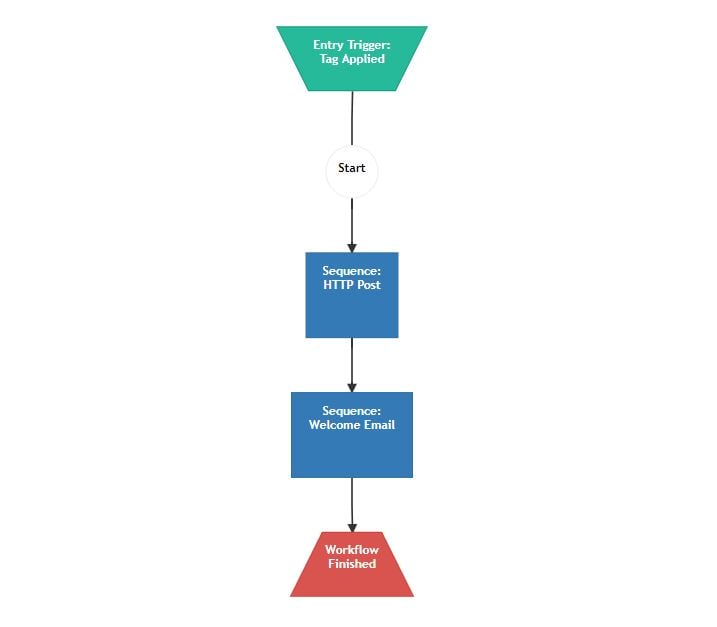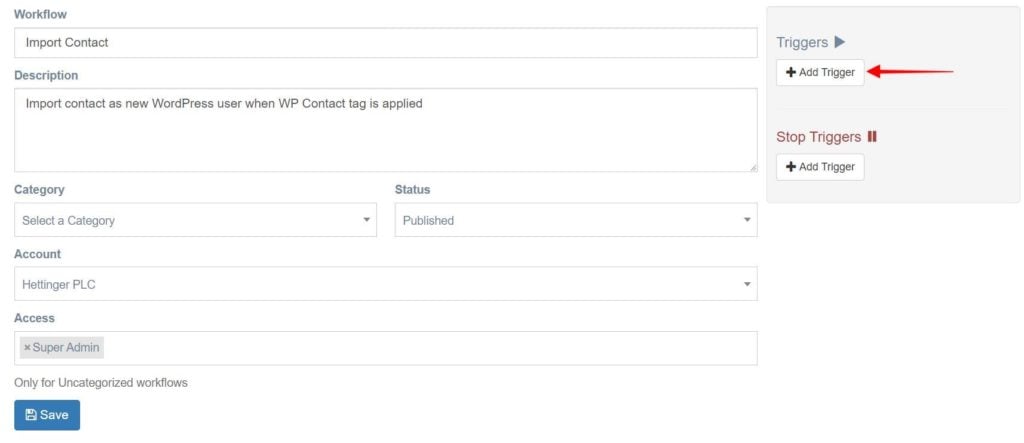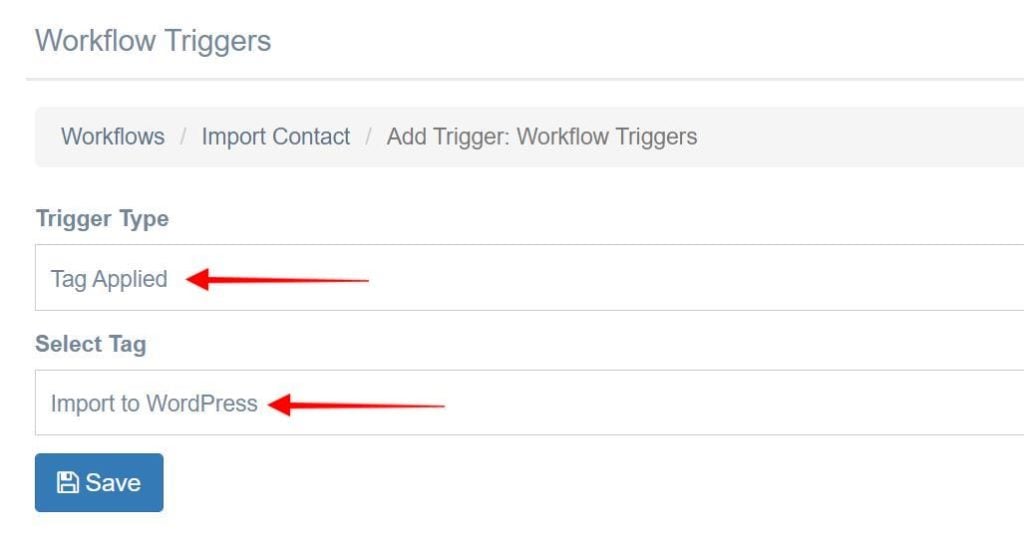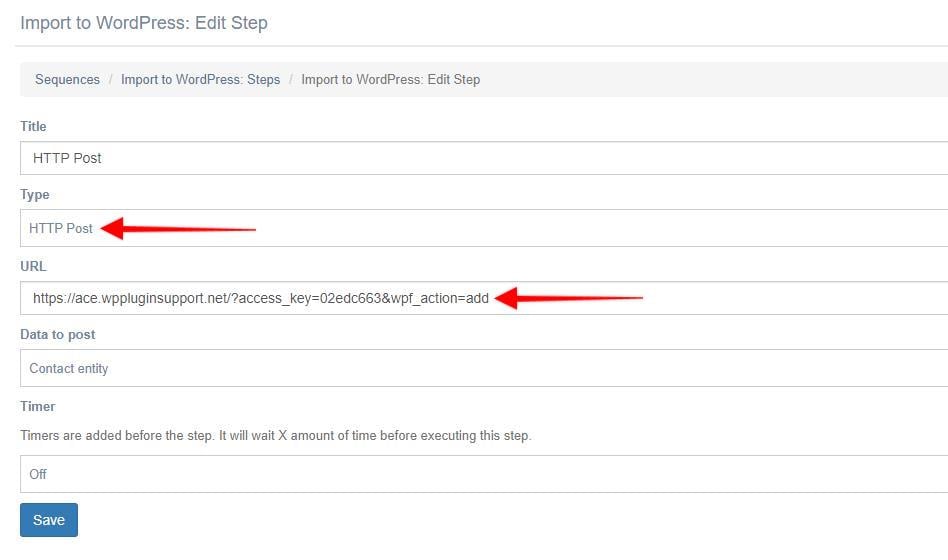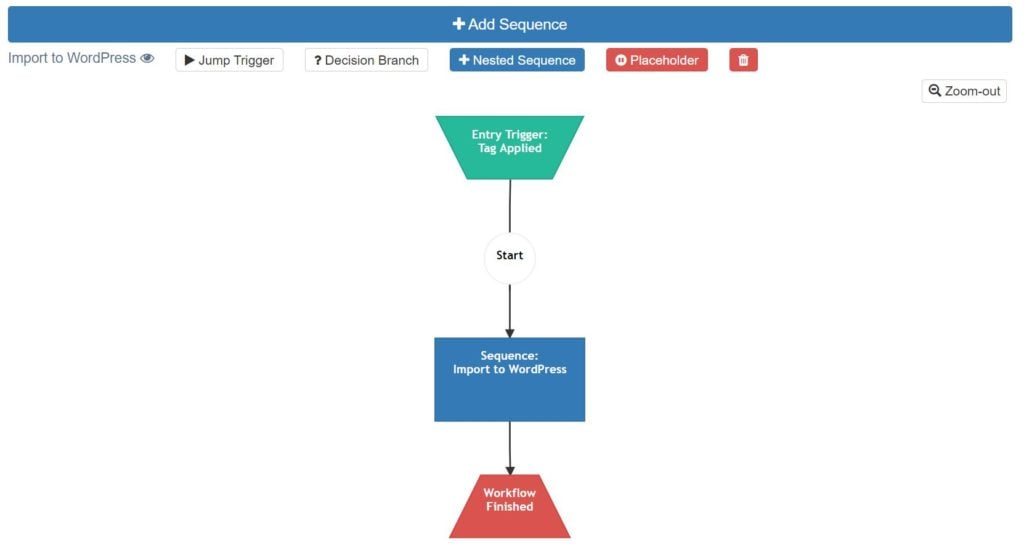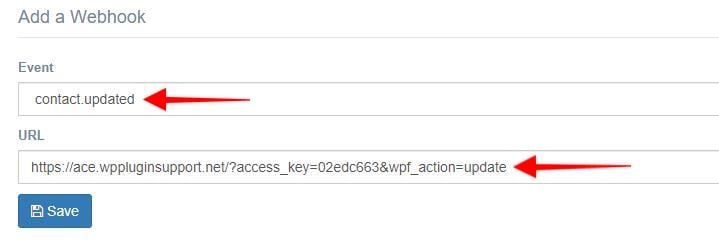#Overview
You can use webhooks in PulseTechnologyCRM to send data back to your WordPress site using WP Fusion. Using webhooks you can create new users on your WordPress site based on workflow rules in PulseTechnologyCRM, or update existing users’ meta data and tags.
There are two ways to manage webhooks in PulseTechnologyCRM, either via a Workflows or in the Webhooks Settings.
#Workflow Method
(Recommended) The workflow method is best if you need to send a webhook to create or update a WordPress user as part of a specific process. For example:
- Tag “Website Access” is added
- Send webhook to create WordPress user
- Send welcome email
- Wait 3 days
- Apply tag “Unlock Course Two”
- Send webhook to update tags
Using a webhook in a workflow lets you easily visualize the entire flow, and see where individual contacts are in the process.
You’ll also be able to visualize where a single contact is in the workflow, when the webhook was sent, and whether or not it was received successfully. Using webhooks in automations gives you a lot more control and better reporting than using Global Webhooks (see below).
To use webhooks in a workflow, first create a workflow at Admin » Workflows and add a webhook to it, like in the example above. You have three options for the webhook, update, update_tags and add (explained below). For each you will need to supply your access key, which can be obtained from the main panel in your WP Fusion settings.
For this tutorial, we’ll be showing you how to create a new WordPress user when a specific tag is applied to a PulseTechnologyCRM contact. See below for additional options when constructing the URL parameters.
From the Workflow screen, first create a new Workflow Trigger:
The next step is to create a new Sequence, and within the Sequence, create a Step:
The URL should be the URL to your WordPress site, followed by ?wpf_action=add and &access_key=ACCESSKEY, where ACCESSKEY is the access key provided at the bottom of the General Settings tab in the WP Fusion settings on your site.
Now go back to the Workflow screen, go to the Sequences section below, and add the HTTP Post Sequence you’ve created.
After setting everything up, your Workflow should look like the screenshot above. Go ahead and save the Workflow.
Now, every time the tag Import to WordPress is applied to a contact, a new WordPress user will be created based on their contact data in PulseTechnologyCRM. If the user already exists on the site, they will be updated (no duplicate users will be created).
#Global Webhooks Method
(Advanced) You can also set up webhooks which are global to your account. This is best if you’re manually editing contact records in PulseTechnologyCRM (outside of an automation) and need these changes synced to WordPress.
add method, as then every contact in PulseTechnologyCRM will be given a WordPress user account.To set up a webhook navigate to Tools » Webhooks, and click Add to create a new webhook.
Keep in mind that, because these webhooks are global to your PulseTechnologyCRM account, bulk editing contacts will trigger webhooks to be sent to your site for every edited contact, which may make your WordPress site temporarily unstable.
update or update_tags method it’s not necessary to also include those same webhooks in automations.#Webhook URL parameters
You can format your webhook URL in a few different ways to customize the behavior:
#To update a user’s tags
To update an existing WordPress user’s tags from the contact record, the URL for the webhook should look like the following:
https://mydomain.com/?wpf_action=update_tags&access_key=YOURACCESSKEY
#To update a user’s tags and meta data
To update a user’s tags and pull any new meta data from PulseTechnologyCRM for that contact, the URL for the webhook should look like the following:
https://mydomain.com/?wpf_action=update&access_key=YOURACCESSKEY
#Create a new user
To create a new user, use the following URL:
https://mydomain.com/?wpf_action=add&access_key=YOURACCESSKEY
You can also specify additional parameters in user creation. For example, to send the user a welcome email containing a link to log in on your site, use the following:
https://mydomain.com/?wpf_action=add&access_key=YOURACCESSKEY&send_notification=true
You can also specify a specific user role to be assigned to the new user. For example, to set the new user to the “customer” role, use the following:
https://mydomain.com/?wpf_action=add&access_key=YOURACCESSKEY&role=customer
Note that you have to have registered a “customer” role on your site for this to work. By default users will be assigned the role of “subscriber”.
The add method will update a user if an existing user already exists. It will not create a duplicate user.
user_login and user_pass on your website, the new users will be given the usernames and passwords stored in their PulseTechnologyCRM contact record.#User passwords
New user accounts will be created with an automatically generated password. If you’d like to use this password in your email marketing, you can send the password back to PulseTechnologyCRM after it has been generated.
In the Webhooks section of the General settings tab, check the box for Return Password, and select a field in PulseTechnologyCRM where the password should be stored.
After a new user is created, their automatically generated password will now be saved back to their contact record, and you can use a merge field to include it in an email. The username will be the contact’s email address.
